Because I Said So!
Sustainability, like any major change initiative, is dependent on executive sponsorship, but the focus on top leadership buy-in can be skewed. Executive sponsorship is no doubt vital. Projects without it have lackluster results and high resentment. Much time is invested wooing executives, but initiatives become watered down by the time they reach managers and frontline employees.
In my green team course there is an activity to research and learn about what the company participants work for are already doing. I frequently hear from those who work for national or global brands (particularly in hospitality and retail) that they had no idea of all the sustainability and corporate social responsibility initiatives and resources already available. I hear this from people who have worked in their jobs for years, yet the corporate initiatives, that no doubt took so much time design and implement, never made it down to the frontline where it really matters.
It's likely the education focused on regional and general manager. It's also likely it came down as a mandate not a movement. This is where it becomes the "because I said so" methodology of change. Note that “I” may be replaced with the name that carries weight or power. If Steve is the CEO, then the mantra might become something like “well, Steve said this was important.”
Nothing makes me crazier than being told to do something without being told why. Not everyone is wired this way. Some are happy to carry out orders in a diligent and dignified manner simply out of respect for structure and hierarchy, or to get food on the table. But I would argue most people want to understand why they are being asked to do something before they are willing to invest the effort and emotion to comply.
Get past the “because I said so” status by constantly and consistently reinforcing the vision and goals for sustainability – not just the nuts and bolts, but the reasons behind the policy, the stories and the data. And not just to upper level management.
The why can make differences in the following ways:
The why is inspiring. It should tap into passion and intrinsic motivation. When I do food waste reduction training I always show the staff statistics of local hunger rates and environmental impacts of food waste they can relate to. Servers might scrape uneaten food into a composting bin because it's a task they were instructed to do. But you'll get far more compliance when that task was preceded with information that connects them directly and personally with social and environmental benefits.
The why is identifying. It should tie back to your organization’s mission, values, and brand. The Philadelphia Eagles changed toilet paper suppliers because they discovered their old vendor sourced from forests that were habitats for bald eagles.
The why is informative. It should expose opportunities for improvement and innovation. A traditional, physical carpet sample is made of one quart of oil, and uses more than 2 gallons of water and nearly 6,000 BTUs of energy in production. An architecture firm explained this to their designers, who began to change processes to reduce physical samples in favor of digital alternatives.
The why is illuminating. It should shed light on social and environmental issues employees may not be aware of. The more they know, the more they can convey the importance and relevance of changes to stakeholders. An executive chef decided to source only Fair Trade chocolate. He showed staff a documentary on child labor in the cocoa supply chain, so they had a better attitude and approach when dealing with guest pushback on higher dessert prices.
The why is indicating. It points us in the right direction when we face problems or trade-offs that don’t fit neatly into policy boundaries. When selecting next year’s conference location, an event planner has to weigh and compare many options related to sustainability. It helps to know which reduction target is the top priority: carbon emissions, waste to landfill, or water consumption? These can sometimes be mutually exclusive.
Why do we resort to "because I said so"?
This type of response generally comes from one of two perspectives: either someone who lives in a bubble of the why and feels like it should be as obvious to everyone else as it is to them or the person who doesn't know doesn't have a grasp on the why and it's easier to say "just follow the rules" than it is to passionately convey the why.
If you are the former, remember that sustainability is a journey. You might be on mile 100. Your shoes are broken in and you've mapped the journey. You have a good memory of where you've been and the further along you go them more clearly you see the vision of possible destinations. But for most around you, they are on mile 10, or maybe only mile 0! Remember what it was like when you had your first epiphanies? Be that catalyst for others and take time and care to show them all the whys that inspire you.
If you are the latter, well, congrats on making it to this far! Your curiosity and desire to learn are great signs. This means you are the kind of leader who wants to motivate others and figure it out. There's a good chance you have at least an inkling of the why. Your heart probably beats for some environmental or social issues, but you don't have all the data and specifics you need to confidently and passionately run a training session or offer reinforcement. Here are a few things you can do:
Ask WHY! Who passed the mandate on to you? Ask for support, materials, education, and other tools that help you do more than just check off a list. It's okay to respectfully ask why.
Start a green team and ask them to help you construct and spread the why.
Become a co-creator. Depending on the structure of your organization, perhaps there's an opportunity to be part of the creation or continuous improvement efforts for projects. If you work for a small company, this will especially helpful as there are likely limited resources working on sustainability. If you work for a national or global company, you may find that the initiative has limitations because it was designed to be a one-size-fits-all and you can make customizations for your location, staff, customers, community.
The sustainability why invites deeper employee engagement with the vision, goals, and policies. It provides context, purpose, and is far superior to “because I said so” as a reason to change. Learn more about other ways to inspire executives and staff in our IGNITE the Change Agent Within course.

